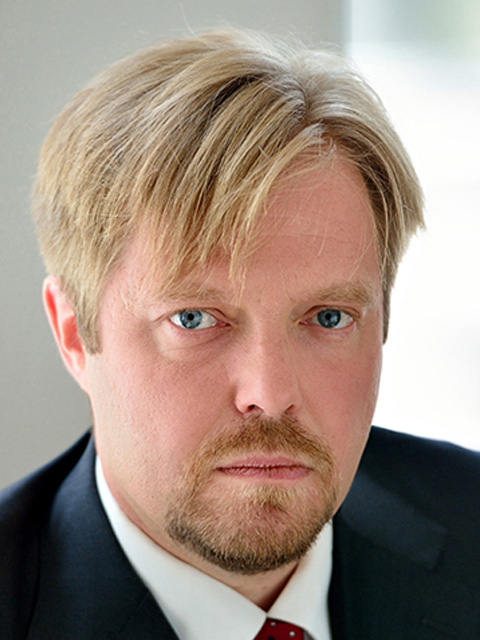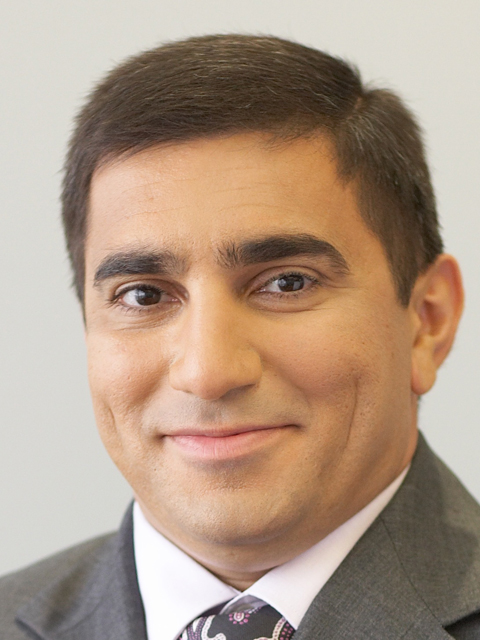RUSSIA’S STRATEGY FOR POWERING THE NORTHEAST ASIA ECONOMIC ENGINE
With Korea, Japan, and China in aggregate accounting for more than 70% of global output, the world has a big stake in the success of these economies. But each of Asia’s ‘Big Three’ is resource poor, and Russia has a significant opportunity to expand its economic partnerships in the region. What strategies should Russia pursue as it looks to build a bigger economic footprint in Northeast Asia? How might economic ties develop over the next five years?
Moderator:
Yermolai Solzhenitsyn ,
Senior Partner, McKinsey & Company
Panellists
Ruslan Alikhanov ,
President and Chief Executive Officer, FESCO
Fyodor Andreev ,
President, ALROSA
Manabu Kato ,
Chief Representative in Moscow Office, Japan Bank for International Cooperation
Alexey Likhachev ,
Chief Executive Officer, ROSATOM State Atomic Energy Corporation
Munkhbat Nanjid ,
Chief Executive Officer, Development Bank of Mongolia
Maxim Sokov ,
Chief Executive Officer, En+ Group











